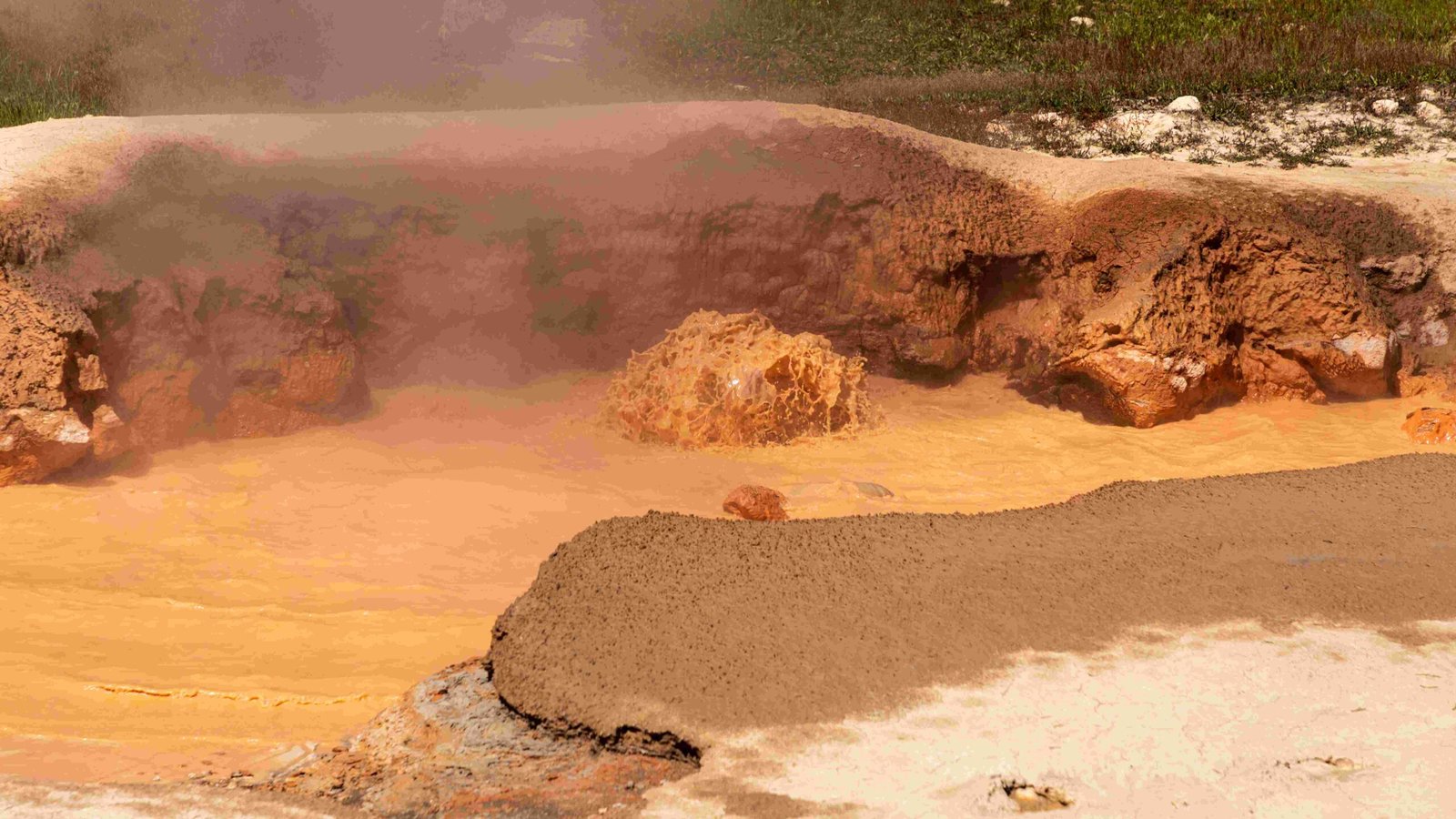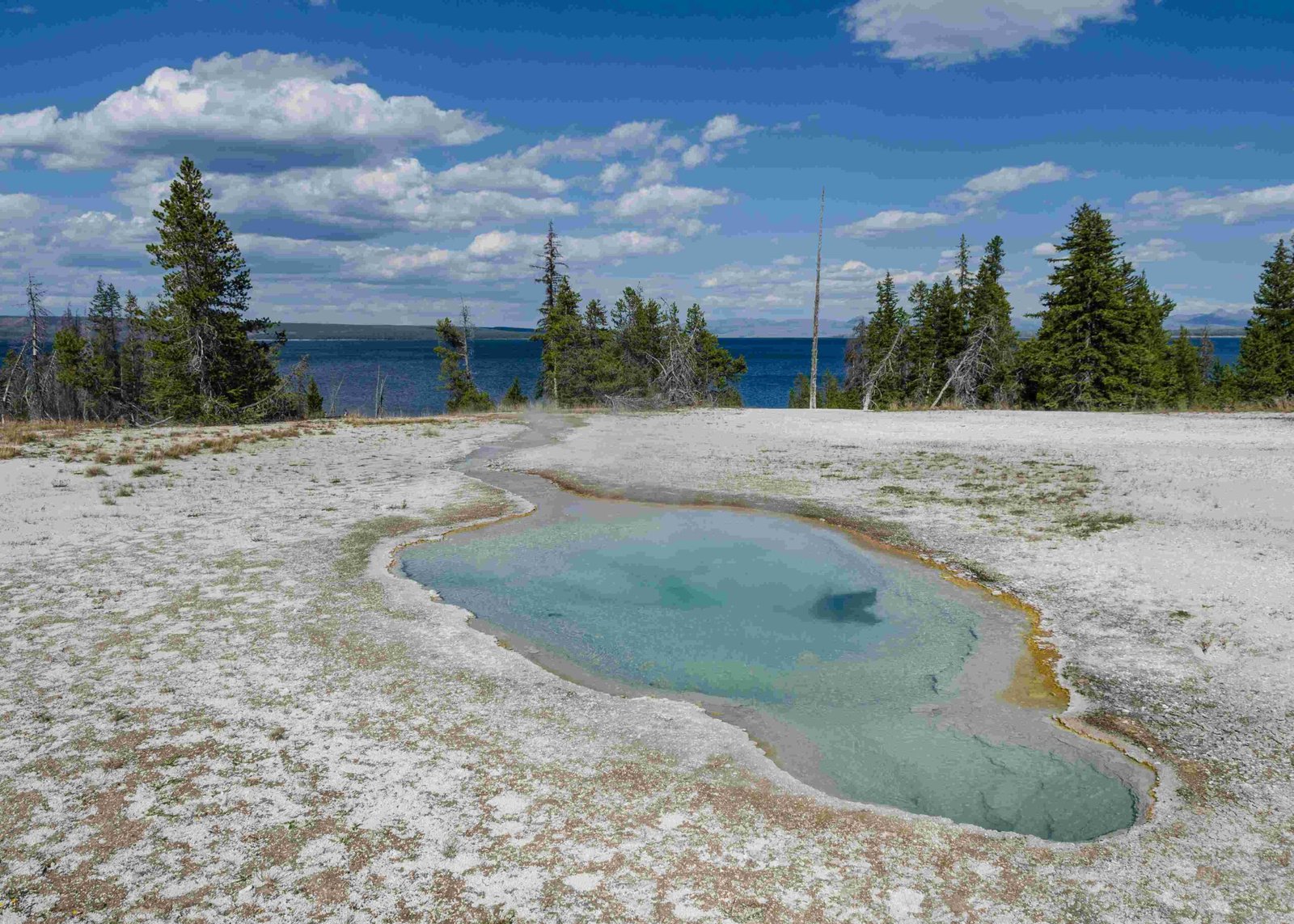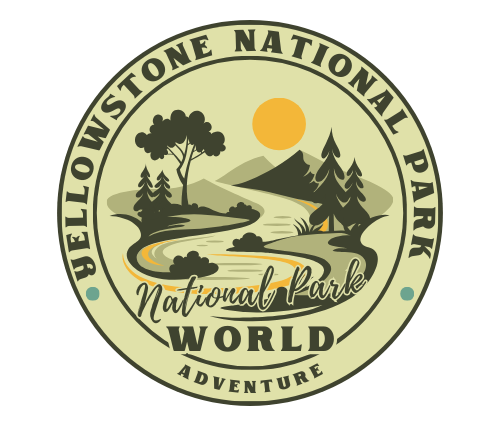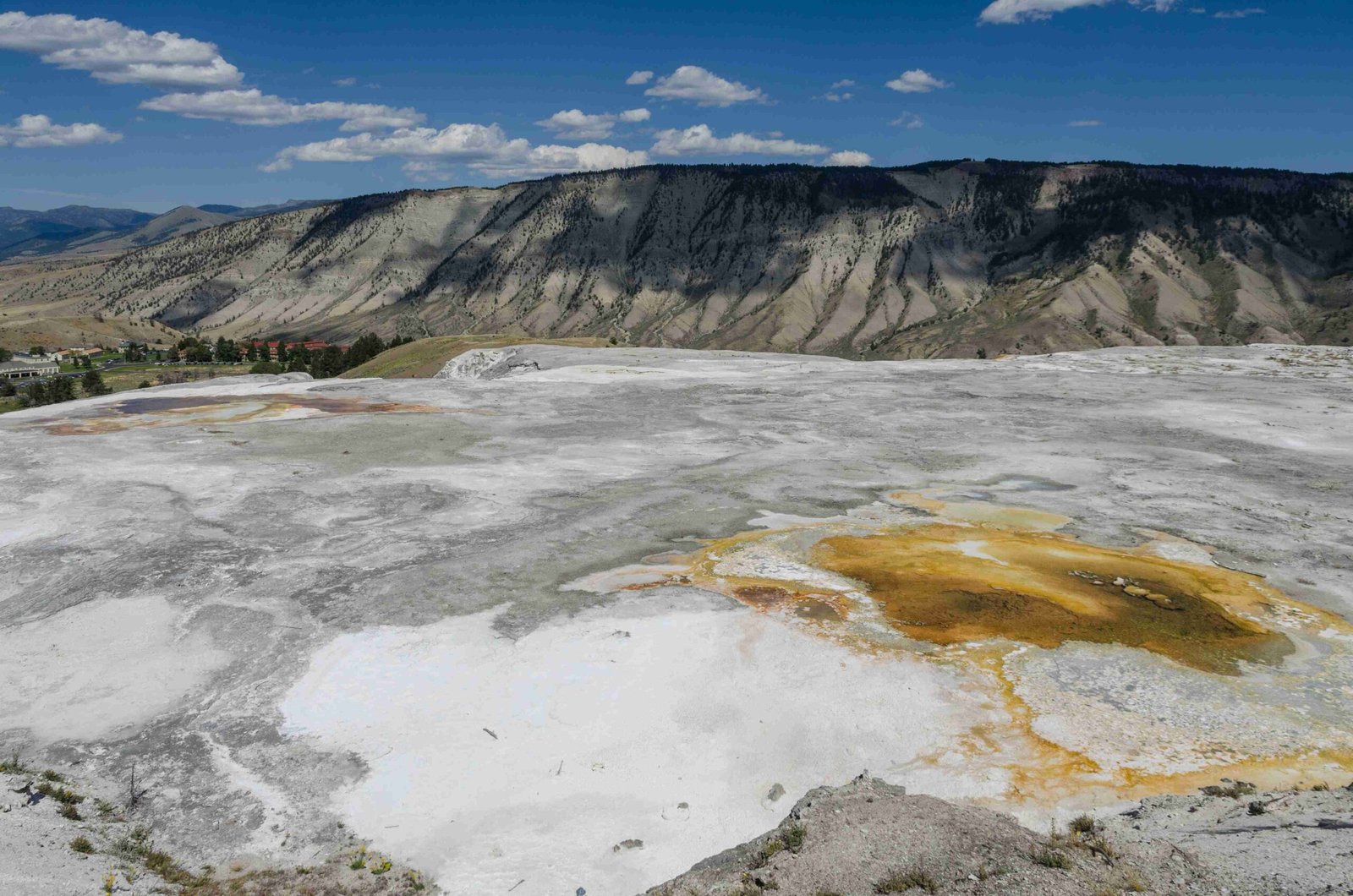Yellowstone National Park’s Slough Creek and Buffalo Basin area is a hidden gem in the northeast corner of the park. This region offers a unique blend of pristine wilderness, abundant wildlife, and exceptional recreational opportunities. Nestled in the Lamar Valley, Slough Creek Campground serves as a gateway to explore the surrounding Buffalo Basin, known for its diverse ecosystems and rich biodiversity. Visitors can immerse themselves in the natural beauty of Yellowstone while enjoying activities such as camping, fishing, hiking, and wildlife viewing.
What Makes Slough Creek Campground Special?

Slough Creek Campground is a small, secluded campground located in the northeast corner of Yellowstone National Park. It’s situated approximately 7 miles from the Tower-Roosevelt junction and is accessible via a 2-mile dirt road. This campground offers a unique camping experience with its proximity to some of the park’s best wildlife viewing areas.
What Are the Campsite Options at Slough Creek?
- Number of Sites: 16 campsites
- Suitable for: Tents, trailers, and small RVs (up to 30 feet)
- Amenities per Site: Table, fire ring, grate, and food storage locker
What Facilities Are Available at the Campground?
| Facility | Availability |
|---|---|
| Drinking Water | Seasonal |
| Toilets | Vault toilets |
| Showers | Not available |
| Laundry | Not available |
| Trash Collection | Available |
| Cell Service | Not available |
When Is Slough Creek Campground Open?
The campground typically operates from mid-June to mid-October (June 15 to October 7). Reservations are required and can be made in advance. Due to its popularity, the campground fills up quickly, so early booking is recommended.
How Is Wildlife Viewing in the Buffalo Basin Area?

The Buffalo Basin area, particularly the Lamar Valley where Slough Creek Campground is located, is renowned for its exceptional wildlife viewing opportunities. This region is often referred to as the “Serengeti of North America” due to its abundant and diverse wildlife population.
What Animals Can You Expect to See?
- Bison
- Elk
- Wolves
- Bears (both grizzly and black)
- Deer
- Pronghorn
- Coyotes
- Various bird species
When Is the Best Time for Wildlife Viewing?
The prime times for wildlife viewing are early morning and late evening. During these periods, animals are more active and visible as they graze or hunt.
What Are Some Wildlife Viewing Tips?
- Bring binoculars or a spotting scope for distant observations
- Maintain a safe distance from all wildlife (at least 100 yards from bears and wolves, 25 yards from other large animals)
- Be patient and quiet to increase your chances of spotting animals
- Consider joining a guided wildlife tour for expert insights
What Fishing Opportunities Does Slough Creek Offer?
Slough Creek is renowned for its excellent fly fishing opportunities, particularly for cutthroat trout. The creek flows through three distinct meadows, each offering unique fishing experiences.
What Are the Fishing Regulations?
- A Yellowstone National Park fishing permit is required
- Catch-and-release fishing is encouraged
- Use of artificial flies and lures only (no live bait)
- Barbless hooks are recommended
What Fish Species Can You Catch?
- Yellowstone Cutthroat Trout
- Rainbow Trout
- Brook Trout
When Is the Best Time for Fishing?
The fishing season typically runs from late May to early November, with July and August being prime months. However, always check current park regulations for specific dates and any temporary closures.
What Hiking Trails Are Available Near Slough Creek?
The Slough Creek area offers several hiking trails that showcase the beauty of Yellowstone’s backcountry.
What Is the Slough Creek Trail Like?
- Length: Varies (can be hiked as an out-and-back or multi-day trip)
- Difficulty: Moderate to strenuous
- Highlights: Scenic meadows, potential wildlife sightings, access to backcountry fishing spots
- Trailhead: Located near Slough Creek Campground
Are There Other Nearby Trails?
- Lamar River Trail
- Length: 5 miles one-way
- Difficulty: Moderate
-
Highlights: River views, wildflower meadows
-
Trout Lake Trail
- Length: 1.2 miles round-trip
- Difficulty: Easy to moderate
- Highlights: Beautiful alpine lake, potential to see otters
What Should You Pack for a Trip to Yellowstone National Park Slough Creek Buffalo Basin?
Essential items for your visit include:
- Warm layers (even in summer)
- Rain gear
- Sturdy hiking boots
- Bear spray
- Binoculars
- Camera
- Fishing gear (if planning to fish)
- Camping equipment (if staying at the campground)
- Food and water
- First aid kit
How Can You Minimize Your Impact on the Environment?
Practice Leave No Trace principles:
- Pack out all trash
- Stay on designated trails
- Observe wildlife from a distance
- Store food properly to avoid attracting animals
- Use established fire rings and follow fire regulations
What Are Some Safety Considerations for the Area?
- Be bear aware: Carry bear spray and know how to use it
- Watch for changing weather conditions
- Stay hydrated and protect yourself from the sun
- Be cautious near water bodies, especially when fishing
- Inform someone of your plans if hiking in backcountry areas
How Can You Make Reservations for Slough Creek Campground?
Reservations for Slough Creek Campground can be made through the Recreation.gov website. It’s advisable to book well in advance, especially for peak summer months, as the campground is highly popular and fills up quickly.
What Nearby Attractions Should You Visit?
- Lamar Valley: Known as the best place for wildlife viewing in Yellowstone
- Tower Fall: A 132-foot waterfall located near Tower-Roosevelt
- Mammoth Hot Springs: Unique thermal features about an hour’s drive from Slough Creek
- Yellowstone River Picnic Area: Offers scenic views and a short trail
The Yellowstone National Park Slough Creek Buffalo Basin area offers a truly immersive wilderness experience. From its secluded campground to world-class fishing and wildlife viewing opportunities, this region showcases some of the best that Yellowstone has to offer. Whether you’re an avid angler, a wildlife enthusiast, or simply seeking to connect with nature, the Slough Creek and Buffalo Basin area provides an unforgettable adventure in one of America’s most iconic national parks.

